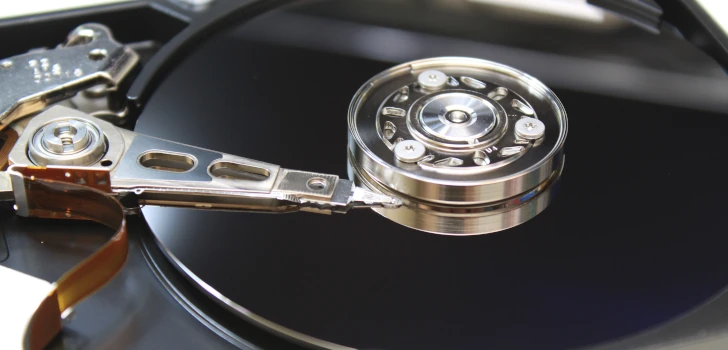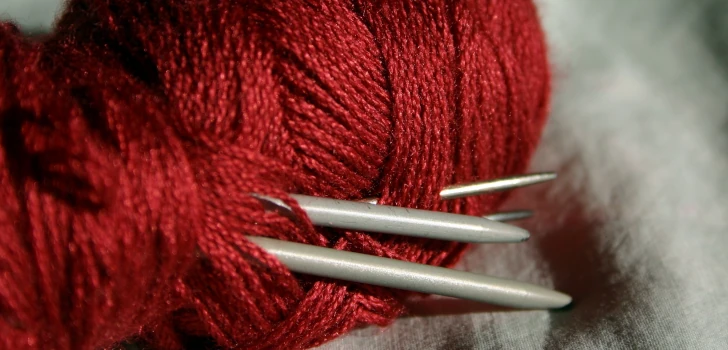
bootc 101: dalla container image alla tua distro personale
October 25, 2025 - Milano, IT
Read More 
October 25, 2025 - Milano, IT
Read More 
October 26, 2024 - Milano, IT
Read More 
June 5, 2024 - Pero, IT
Read More 
May 31, 2024
Many strategies can be employed to build resilience in IT systems. Personally, I think one of the most critical yet overlooked ones - both in personal and corporate settings - is backups.
I recently had to back up a folder containing the state of a service running on a Fedora machine. As often happens, an interesting aspect of this service is that the backups are consistent and, therefore, restorable only if the service is stopped while the configuration folder is backed up. Due to the design of this host, I wanted to use Systemd as the backup driver and keep it as simple and obvious as possible.
Read More 
April 30, 2024
VPNs can be used in different ways based on the desired objective. If the goal is to reach some specific web pages served only within a network, using a proxy will probably do the trick. Another common use for VPNs is to ensure the confidentiality of data transferred between a remote system and a safe site. In this case, we might want to ensure that all traffic from the remote system reaches the safe site via the VPN.
Read More 
March 31, 2024
A while ago, I posted about using SSH to proxy traffic within a Nebula network context. In the last few months, I changed my implementation because SSH required some steps and accesses that I was not fully happy with.
In the previous iteration, I was using SSH as a SOCKS proxy. The problem, though, is that I need to set up the connection every time and use my SSH credentials, so it becomes difficult to have it always on. A different SOCKS proxy software needs to be used to achieve the same result without SSH.
Read More 
February 29, 2024
When I deploy a system, I always try to automate it fully.
There are many reasons for this, one of which is that, in this way, the automation becomes the documentation for the system itself.
Another reason that drives me to automate everything is my preference for clean systems.
Another consequence of this preference I have is that in the last few years, I’ve moved many systems to a Fedora rpm-ostree flavor (eg: Fedora CoreOS, Fedora IoT, Fedora Atomic) with the various services running in containers managed directly by systemd via podman.
I prefer to create container images via CI/CD processes for the same reasons.
Since I use Quay.io a lot, I usually leverage its capability to hook into git repos and rebuild images based on git tags or git commits.
Recently, I needed a multi-arch image, and I discovered that the usual process does not support multi-arch images.

December 31, 2023
Since the merge of Quadlet in Podman, I’ve been moving multiple services to Podman Systemd services. I find them to be easy to create, manage, and automate.
I recently migrated a complex system to Podman Systemd, where multiple processes write in a folder, and one process reads the folder’s content. Before the migration, everything worked properly since all the processes were running natively on the machine with the same user. After the migration, there were some permissions issues. This issue allowed me to dive a little more deeply into the whole implementation of SELinux for containers and realize a few interesting things.
Read More 
October 28, 2023 - Milano, IT
Read More 
October 19, 2023
Over the last few years, I’ve moved many of my systems to Immutable versions of Fedora. One of the last systems still missing was my Hetzner Dedicated server. The blocking part for me was that Hetzner is not offering any Fedora or Immutable options.
However, Hetzner provides the Rescue System, which is a Debian system, so it is possible to leverage it!
After rebooting in Rescue mode: Go to Hetzner Robot. Select the proper server. Go to the “Rescue” tab. Click “Activate rescue system” after properly selecting the Public Key and keyboard layout. You can now reboot the machine, and after it boots back up, you can log in to the Rescue System.
Read More